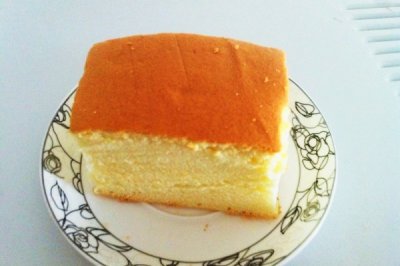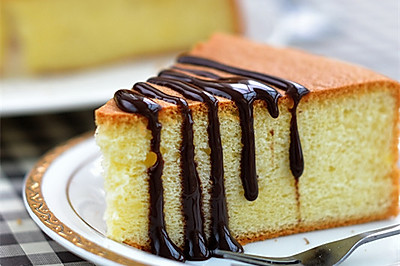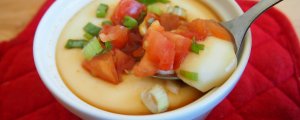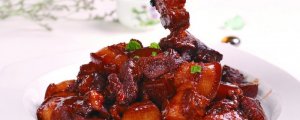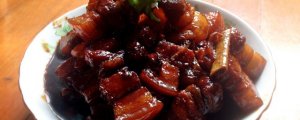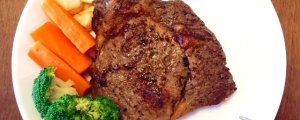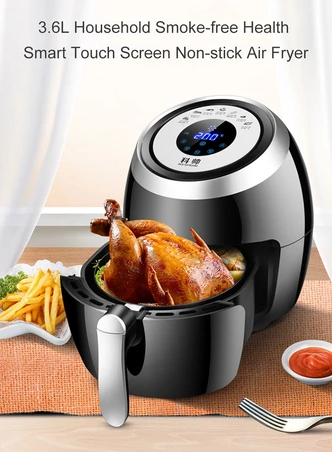
6-inch Qifeng cake (2 eggs)
(784299 views)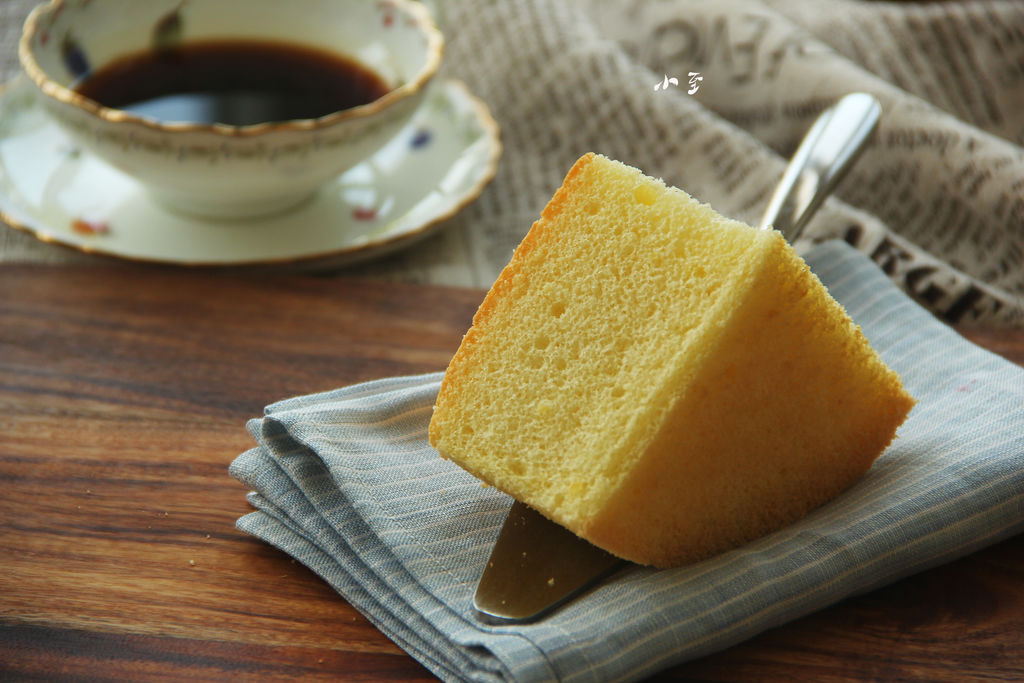
This recipe and tips are all typed by referring to various books. For reprint, please indicate the original author and source. Including the final mixing technique sketch, I drew it myself. Even if it's inconvenient for you to mark the source, at least you should bring a reference to whose prescription. This is respect for the original. The original recipe comes from Qifeng cake & puff of fruit school. It's simple in formula and perfect in proportion. It's very suitable for novices to learn to use. Baking mold - 6-inch round mold (diameter 15cm. Height 6cm) baking temperature - 150 ℃ baking time - 50 minutes [preparation] take the eggs out of the refrigerator and divide them. Keep the protein refrigerated. Weigh all the ingredients in advance. Baking oven. All the oven is ready. Oven is not energized. But adjust the temperature in advance and baking mode, low powder, and screen the flour in a high.1520cm before the screen. Bring more air PS-. The average egg I use is one.
Cooking ingredients
Cooking Steps

Step1:Make yolk paste - add sugar to yolk and stir until dissolved. Add water and oil and stir for about 5 minutes until emulsified. The sifted flour is sifted once again and added directly. Stir until the powder disappears. The status is shown in the figure. PS - this yolk paste is slightly thicker than the non emulsified yolk paste.

Step2:Make the protein cream - add the sugar three times. Beat the protein cream to 8 and distribute. As shown in the picture. This time, the protein cream is not good. The glossiness is not enough. The sugar has not melted. The new sugar particles are a little coarse.

Step3:Mix egg white cream and yolk paste - preheat oven to 180 ° C before mixing. PS - the final cake paste state is relatively thick. Sometimes it even appears intermittent state when pouring into the mold. It is not easy to flatten after pouring into the mold. It needs to be scraped with the help of tools. If the cake paste is thin, it may be that the egg yolk paste in front is not emulsified enough.

Step4:Baking - pour the cake paste into the baking mold. Scrape it with a small spoon. Shake it lightly and put it into the oven. Bake at 150 ℃ for 50 minutes. The cake paste made properly can hardly shake out any big bubbles. There is no pockmarked face. If you can obviously shake out big bubbles, next time you should pay attention to whether the previous steps are not done carefully enough.

Step5:Come out of the oven - fall freely on the kitchen counter at a height of 40cm. Buckle up immediately. PS - it's falling. It's not the cake skin falling down. It's breaking. Only after the fall can the buckle be reversed. In addition, the air bubble will break. The air pressure difference between the air bubble and the air bubble will become smaller, so that the cake won't sink or shrink.

Step6:There are about two eggs with a shell of 65g. They are made correctly. They are just full of mould. Today's Qifeng skin is very rough. Guess it's the problem of protein cream.

Step7:If you want to mold well, you need to mold by hand. You can watch Baidu videos for details.

Step8:Another on

Step9:Fu - recently, the mixing method of small island is adopted. It is very fast and even. To put it simply, put a knife in the middle of the mixing basin and cut it to the bottom left of the basin. Before the scraper, you need to make a bang to touch the mixing basin. Draw an ellipse at the bottom left of the basin. When the scraper is raised, it will return to the center of the basin. The whole process does not need to turn the wrist. Every time you draw a circle, turn the basin anticlockwise on your left hand
Cooking tips:1. Why is the flour sifted? Some even sifted twice or more - when making cakes, the beating action can not only mix the raw materials into a uniform batter, but also has an important purpose. It is to put bubbles into the batter. And the bubbles will greatly affect the final texture of the cake. Beat ingredients while pumping. Beat sugar or flour into fat, eggs or all liquids. These tiny solid particles carry tiny air pockets on their surfaces. These particles and stirrers carry them into fat or liquid. The sifted flour will bring in more air. Flour is usually added after foaming, and then it is not stirred again. Just cut and mix gently, so as not to break most of the bubbles and generate gluten. The same principle is also applicable to sugar. One of the functions of sugar is also to bring air into the mixture. Therefore, it is generally used for extra fine sugar to increase the small sharp edge of sugar and cut into fat or eggs as much as possible. When sugar and eggs are stirred, they will be aerated
 Chinese Food
Chinese Food
